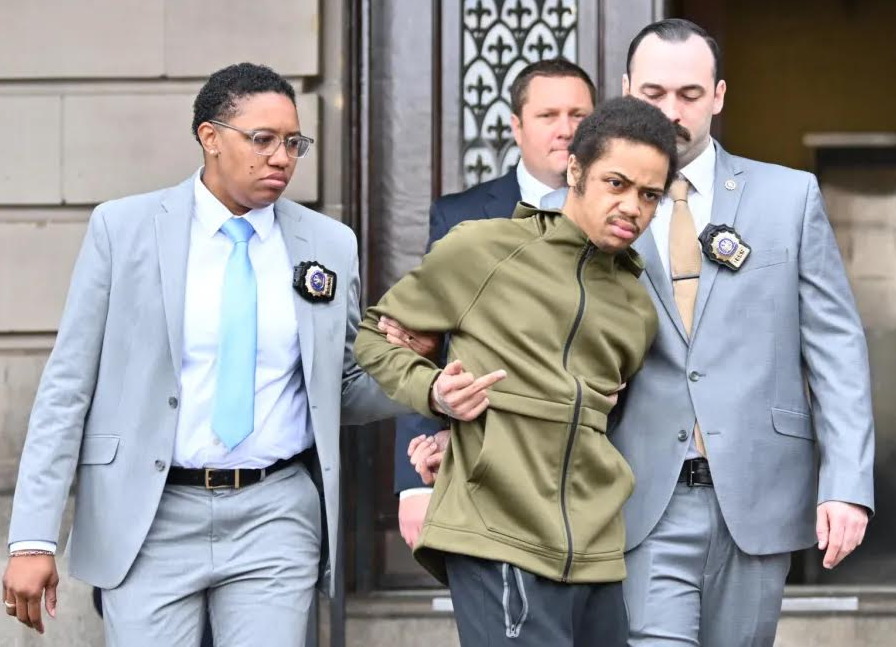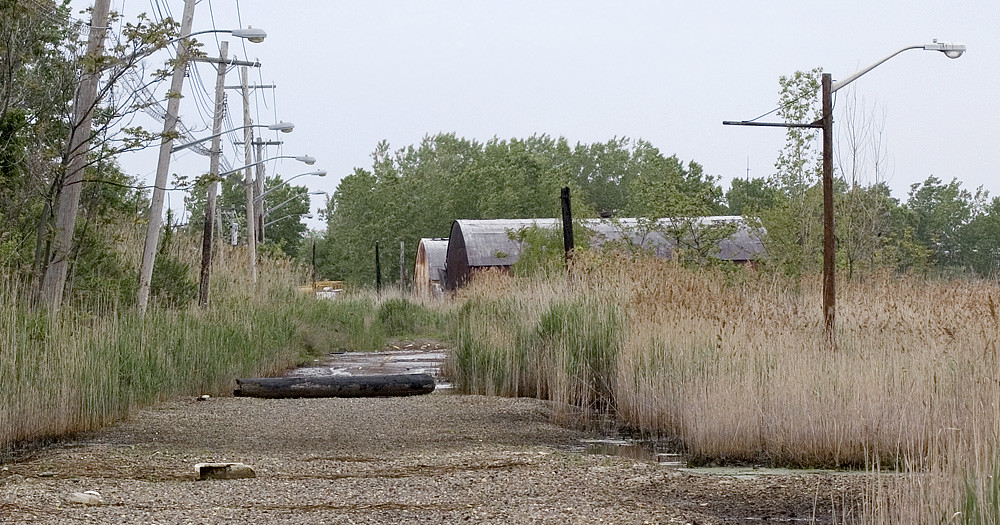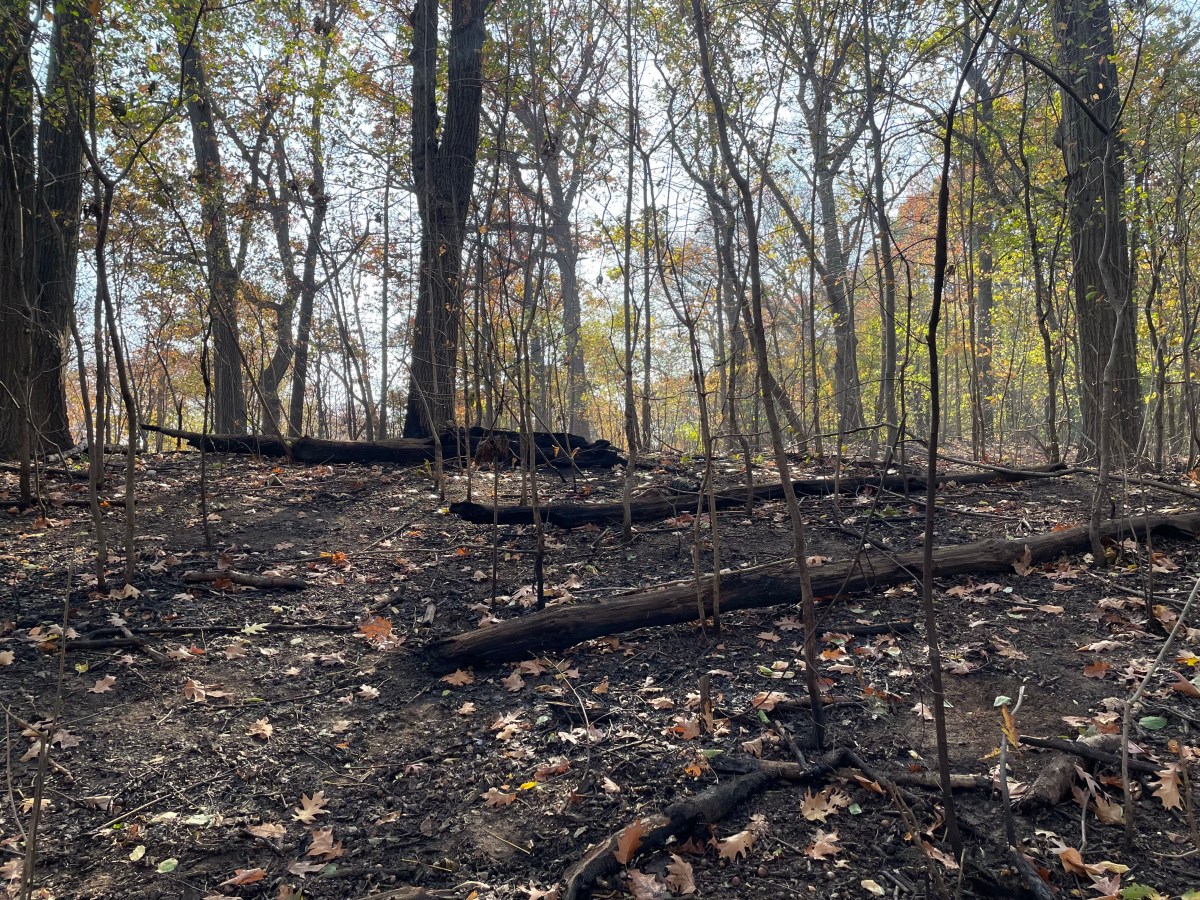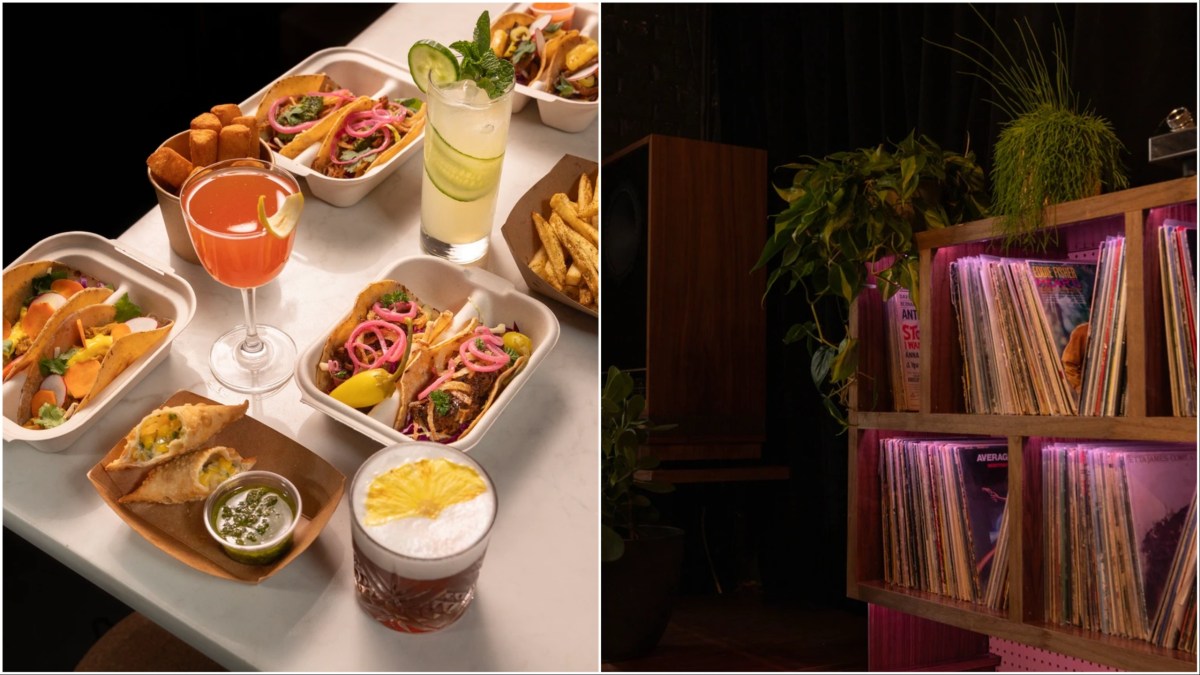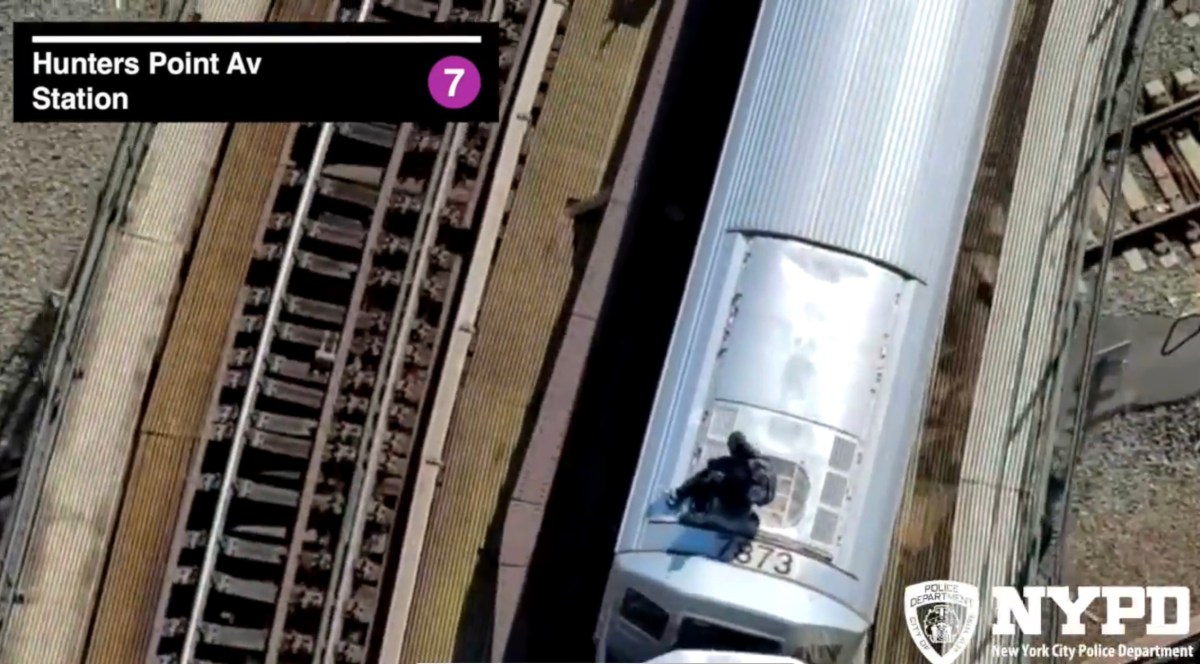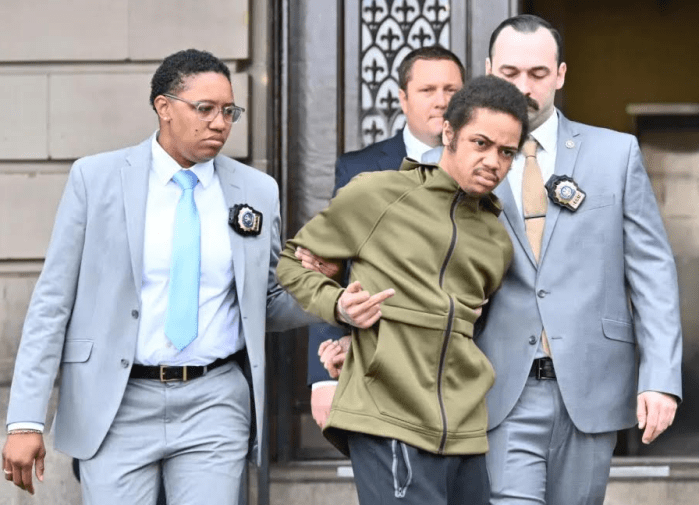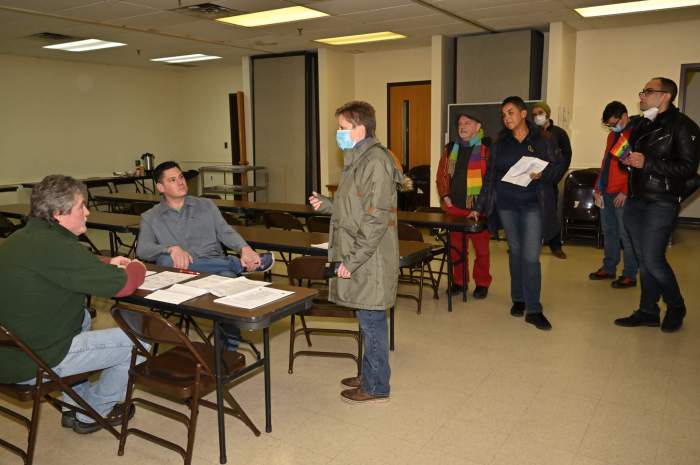By Lesley Sussman
The city presented a shopping list of options for the future of the historic Essex Street Market to members of Community Board 3 on Mon., June 27, including one scenario that called for a pair of public markets — one to be located on each side of Delancey St.
The 70-year-old market’s fate hangs in the balance because the city, which owns the property, wants to develop the site for nonmarket purposes as part of its long-delayed Seward Park Urban Renewal Area (SPURA) project.
The city has signaled its intention to move the market to a larger site on the northeast corner of Delancey and Essex Sts. and build a high-rise with affordable housing where the market is currently located.
The Tuesday meeting was held by C.B. 3’s Land Use, Zoning, Public and Private Housing Subcommittee, at University Settlement, 184 Eldridge St., and attended by about 60 local residents. Representatives of the city’s Economic Development Corporation gave an imaginative slide-show presentation that envisioned how a new market might look. The plans were replete with “little town squares” for outdoor seating and dining, and an innovative interior design that would divide the market into “different, neighborhood-like spaces.”
Other ideas offered by E.D.C. officials were to retain the current market and completely rehabilitate it. Taking this approach, they said, would mean the disruption of business for merchants as construction work went on.
Another option was to maintain the existing building’s facade and construct the proposed high-rise behind the current structure. Officials, again, emphasized that this would require major interior renovation and the temporary displacement of merchants, plus result in the loss of some retail space. Lastly, an option was presented which would create two separate markets on the north and south sides of Delancey St.
Alyssa Konan, an E.D.C. development specialist who made the presentation, said the city was open to any other ideas community residents had to offer.
“We’re not in a rush to make any decisions tonight,” she said. “It makes sense to study all the options available, and we will continue to do outreach to the community and to vendors at the market before making any final decisions.”
Also speaking at the meeting was David O’Neil of Project for Public Spaces, a nonprofit organization dedicated to helping create and sustain public spaces. The firm was hired by the Bloomberg administration to consult with C.B. 3 on the future of the market.
O’Neil said he opted for construction of a new facility because the current one was “too small and closed off to the public.” The new one, he said, would be “open to new immigrants who want to start small businesses in the market, and would be inviting and accessible.”
Also advocating for a new market was the subcommittee’s chairperson, David McWater, who said that, as a small business owner himself, he didn’t want to see the market’s current vendors suffer any disruption in their business.
“Even being closed for a month would be difficult for me,” said McWater, the owner of several East Village bars. “The disruption of business at the market is one of my major concerns.”
McWater added that he believed the best option was to “try and re-create the flavor of the old market in the new one the best we can and to build affordable housing on the old site.”
Also speaking in support of a new market was Neil Kittredge, an architect who leads the urban design and planning studio of Beyer Blinder Belle, a firm hired by the city to consult on the overall SPURA project.
Kittredge said a new market would increase retail space from the current 16,000 square feet to 26,000 square feet, have a refrigerated, garbage storage area in a lower level (currently, garbage is stored in an adjoining structure to the market), and, if space permits, underground parking.
“This would become a little city within a city with many entrances, little town squares where we can sit and eat, event spaces, plazas and even an elevator that would lead right to the subway,” he said.
The meeting began with a public speakers’ session during which several local residents — as they have done at previous meetings — spoke out strongly and emotionally in favor of retaining the current market, which began in 1940 as part an effort by Mayor Fiorello LaGuardia to find a new place for street merchants to do business.
Cynthia Lamb, founder of the Save the Essex Street Market Foundation, said she had received more than 2,000 signatures on an online petition in support of keeping the market as is.
“Let’s step back, reflect and consider the history and vitality of the current market and not change it,” she said.
She was joined in her calls to save the market by Anne Saxelby, who operates the Saxelby Cheesemongers store there.
“Thirty thriving businesses area operating there and business is getting better,” the cheesemonger said, adding, “The market is of great historic and economic value to the Lower East Side.”
Also weighing in on the issue was C.B. 3 subcommittee member Damaris Reyes, executive director of Good Old Lower East Side (GOLES), a 34-year-old neighborhood housing and preservation organization.
“I think the best idea would be for two markets,” Reyes said. “This would allow merchants from the current market to temporarily do business in the new one until they finish the building with affordable housing. Then they can move back.”
Subcommittee member Harvey Epstein, meanwhile, said his biggest concern if a new market is constructed was that it not lose its unique neighborhood character.
“I don’t want to see it become another Chelsea Market,” he said. “I want to make sure if this market is built that we give priority to local merchants.”
The meeting ended with a promise by city officials to continue exploring all options and to hold further hearings on the Essex Street Market.
















